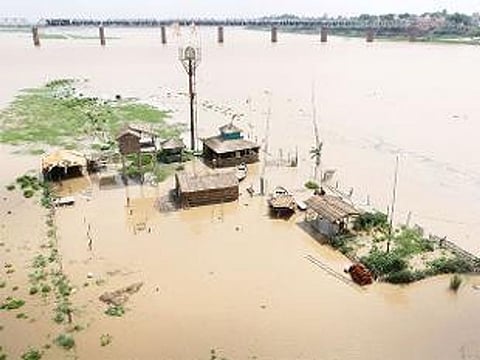The part of the book dealing with the inscriptions of the Hoc cave in Socotra are said to be of high interest to Indian readers. In 2001, discoveries were made, which claimed that over 100 Indian inscriptions were made with charcoal, chalk, or mud were scratched into the surfaces of the rocks. These inscriptions were written in Brahmi and appears to be similar to inscriptions of the 2nd to 4th Century C.E. of West India. Newly discovered inscriptions validate these later findings. The new findings mention the city of Bharukaccha, which was one of the most significant ports at the point in time.


